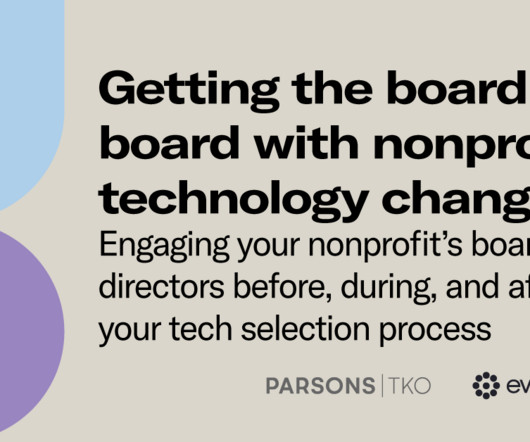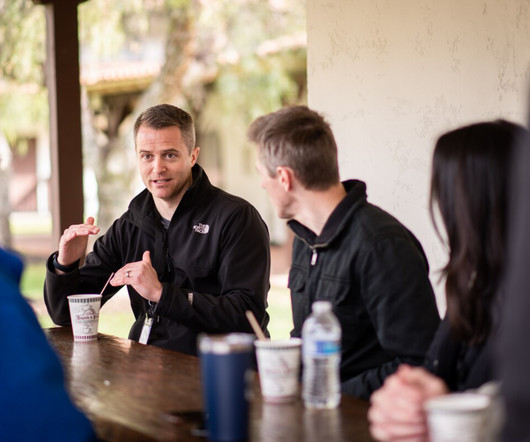Navigate Change Management: Set Your Nonprofit Up For Success
Bloomerang
OCTOBER 5, 2022
Even aside from a global pandemic, an ever changing landscape of technology and politics have caused all of us to have to navigate change. Let’s get one thing straight – change is the only constant we can count on. So, how can we strategically navigate change? Organizational change is what we will focus on today.
















Let's personalize your content